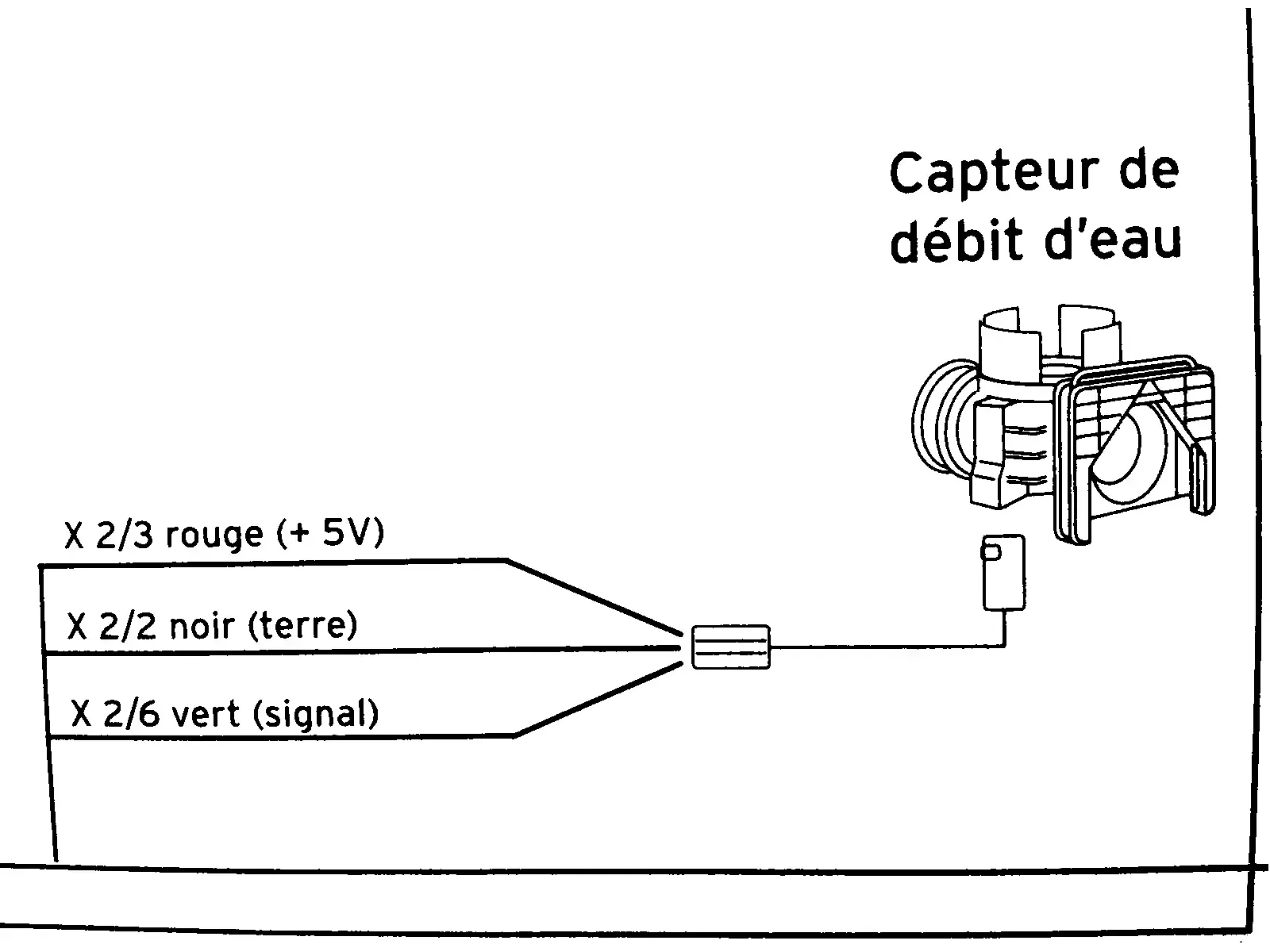These flow sensors are usually hall effect sensors, with two or four magnets attached to a rotor with a little water wheel. When water flows, the magnets turn and create something like a PWM signal at the output (actually it's high level when magnet is there and low level when magnet is not there or vice versa). Measuring the pin with a slow multimeter, this would indeed give you approximately half the supply voltage when water is flowing, depending on a few other factors. So- readings sound sensible to me. To note that if the rotor stops with a magnet close to the hall effect sensor, you will read 5V (or VCC) at the output, but always VCC/2 when flowing.
Most of these sensors employ an open collector output stage, but that doesn't need to bother you with the readings you're getting, I think.
